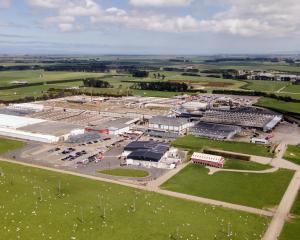Today's Australian Federal Budget is expected to show further downgrades to the Government's tax revenue estimates, driven by lower commodity prices, sluggish wages growth and lower economic growth.
Down-side surprises to Australian government revenue estimates have been the feature of the past six Budgets.
HSBC Australia and New Zealand chief economist Paul Bloxham said last year's response to the lower revenue was to attempt to cut back on public spending.
''As a result, fiscal policy was pro-cyclical as the Government sought to tighten fiscal settings at a time when GDP growth was already slowing.''
Recent commentary from Treasurer Joe Hockey suggested today's Budget, unlike last year's approach, would aim to support jobs, growth and opportunity, Mr Bloxham said.
With that in mind, the Budget was this year expected to absorb the impact of lower revenue estimates, which should see larger budget deficits remaining similar in 2015-16 to last year, at about 2.4% of GDP.
''We expect budget deficits to be projected over the coming four years. We see the Budget having fewer new policy measures than usual but to include a tax cut for small businesses, incentives to increase labour market participation and a `families package' to replace the child care rebate.''
Larger budget deficits were sustainable for Australia in the near-term as government debt was low by international standards - 15% of GDP compared to the OECD average of 70% of GDP, Mr Bloxham said.
However, with government debt continuing to rise and an ageing population expected to put pressure on the Budget in coming years, the Government needed to continue to set out a credible medium-term consolidation plan to help to protect its triple-A sovereign rating.
HSBC was forecasting: a budget deficit of $A42 billion ($NZ44.5 billion) for the 2015 year, or 2.5% of GDP; falling to $A40 billion or 2.4% of GDP in 2016: $A35 billion or 2% of GDP in 2017; and $A25 billion or 1.3% of GDP in 2018.












